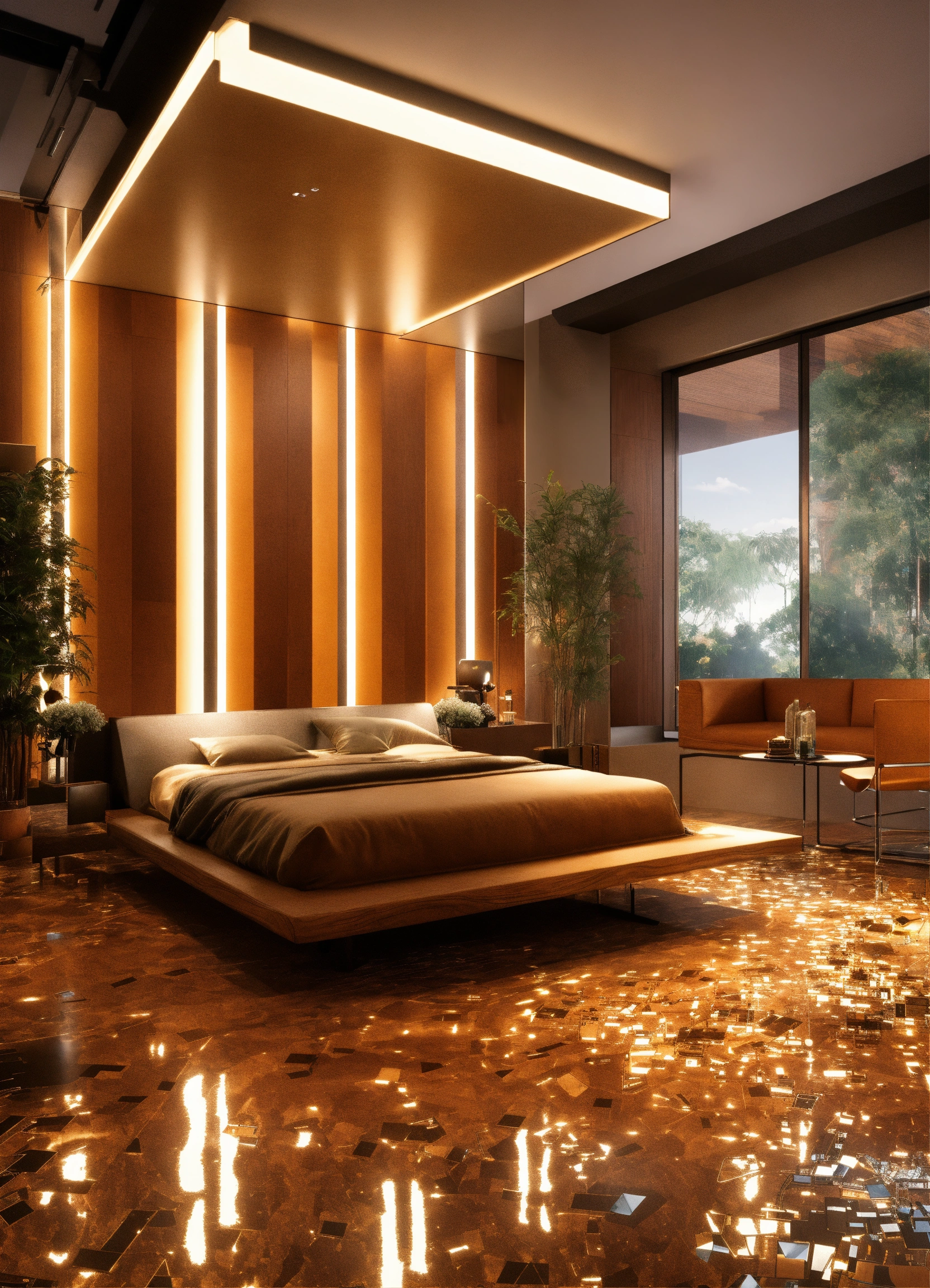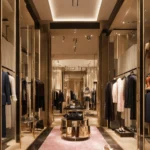Interior design trends are constantly evolving, and each year brings fresh ideas that reshape the look and feel of our living spaces. As we look ahead to next year, certain trends are set to dominate, focusing on comfort, sustainability, and personalization. Whether you’re planning a complete makeover or just a subtle update, these upcoming trends will help you create a stylish and inviting home. Here are the top interior design trends to watch for next year.
1. Earthy Tones and Natural Materials
Next year, earthy tones and natural materials will be at the forefront of interior design. Warm shades of terracotta, beige, sage green, and rust will create a comforting and grounded atmosphere. Furniture and decor made from natural materials like wood, rattan, and stone will bring a touch of the outdoors inside, enhancing the connection to nature. These elements promote relaxation and make spaces feel warm and inviting.
2. Sustainable and Eco-Friendly Design
Sustainability is becoming a major focus in interior design, and next year, eco-friendly choices will continue to grow in popularity. Reclaimed wood, recycled fabrics, and energy-efficient lighting will be central to creating environmentally conscious homes. Upcycled furniture and vintage finds will also be key elements, as more people choose to reduce waste and embrace the charm of repurposed items. Sustainable design not only benefits the environment but also brings a unique, personal touch to your space.
3. Statement Ceilings
Ceilings are getting their moment in the spotlight, with bold designs set to become a major trend next year. From wallpapered and painted ceilings to intricate moldings and exposed beams, statement ceilings are an exciting way to add drama and personality to a room. Experimenting with color, texture, or even metallic finishes on the ceiling can create an eye-catching focal point that transforms the entire space.
4. Curved Furniture and Soft Edges
The trend towards comfort and softness is leading to a rise in curved furniture and rounded edges. Sofas, chairs, and tables with gentle curves will be popular, adding a sense of fluidity and relaxation to living spaces. This trend moves away from the stark, angular lines of previous years and instead emphasizes comfort, warmth, and a more inviting aesthetic. Curved furniture also makes rooms feel more dynamic and approachable.
5. Bold Patterns and Textures
Bold patterns and layered textures are making a strong comeback, adding depth and visual interest to interiors. Wallpaper with geometric designs, floral prints, or abstract patterns can be used to create feature walls that make a statement. Textured fabrics like velvet, bouclé, and linen will add richness to upholstery, curtains, and cushions. Mixing different textures and patterns creates a layered, luxurious look that feels both cozy and sophisticated.
6. Multifunctional Spaces
As more people continue to work from home, multifunctional spaces will remain a key trend in interior design. Rooms that serve more than one purpose—such as a home office that doubles as a guest room or a living area with hidden storage solutions—are becoming essential for maximizing space and functionality. Smart furniture, like fold-out desks or modular shelving units, can help make the most of every square foot while maintaining a stylish aesthetic.
7. Home Wellness Areas
The focus on health and wellness at home will continue to grow next year, with more people incorporating wellness areas into their living spaces. Whether it’s a cozy reading nook, a meditation corner, or a small home gym, creating areas dedicated to relaxation and well-being is becoming increasingly popular. Adding elements like indoor plants, soft lighting, and calming colors can help cultivate a serene atmosphere that promotes mental and physical health.
8. Maximalism with Personal Touches
Minimalism is taking a backseat as maximalism gains traction. However, this isn’t about clutter—it’s about filling your home with items that reflect your personality and tell a story. Bold colors, eclectic decor, and curated collections of art and objects are all part of this trend. Maximalism encourages creativity and self-expression, allowing homeowners to showcase their interests and create spaces that feel uniquely theirs.
9. Tech-Integrated Homes
Smart home technology is becoming more integrated into interior design, making life more convenient while maintaining an elegant look. Voice-activated lighting, smart thermostats, and hidden charging stations are just a few examples of how technology can seamlessly blend into a modern home. The focus is on creating a space that feels both futuristic and functional, without compromising on style.
10. Indoor-Outdoor Living
Blurring the lines between indoor and outdoor spaces is a trend that will continue to dominate. Large windows, sliding glass doors, and indoor gardens help create a seamless connection to the outdoors. Bringing natural elements inside, such as potted plants and natural light, helps create a sense of openness and enhances the overall well-being of the space. This trend emphasizes the importance of nature in creating a relaxing and rejuvenating environment.
Conclusion
Next year’s interior design trends are all about comfort, personalization, and sustainability. From earthy tones and natural materials to bold patterns and tech integration, these trends will help you create a stylish, functional, and inviting home. Whether you embrace curved furniture, statement ceilings, or multifunctional spaces, the key is to create a space that reflects your personality while providing a sanctuary of comfort and elegance.


